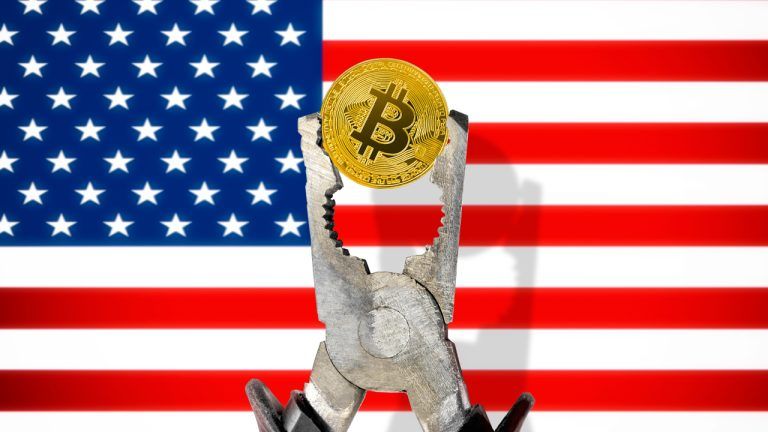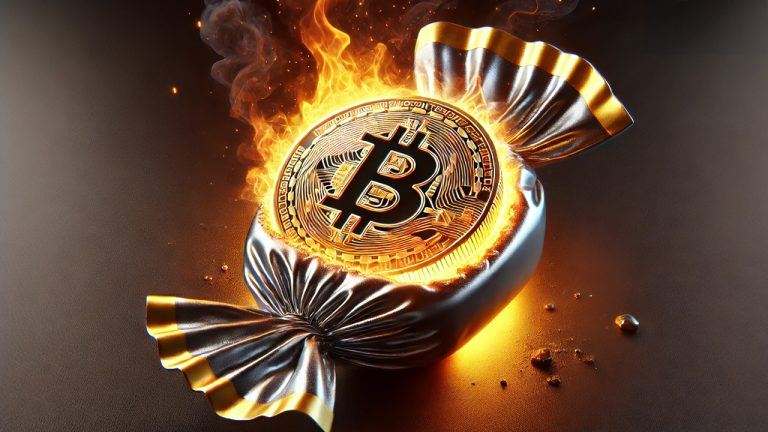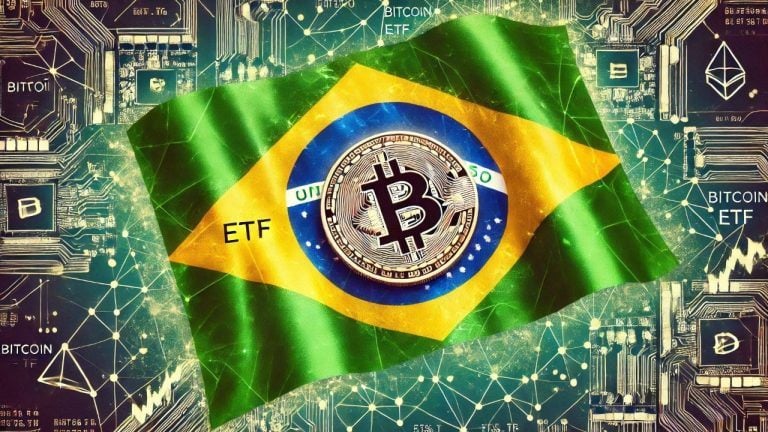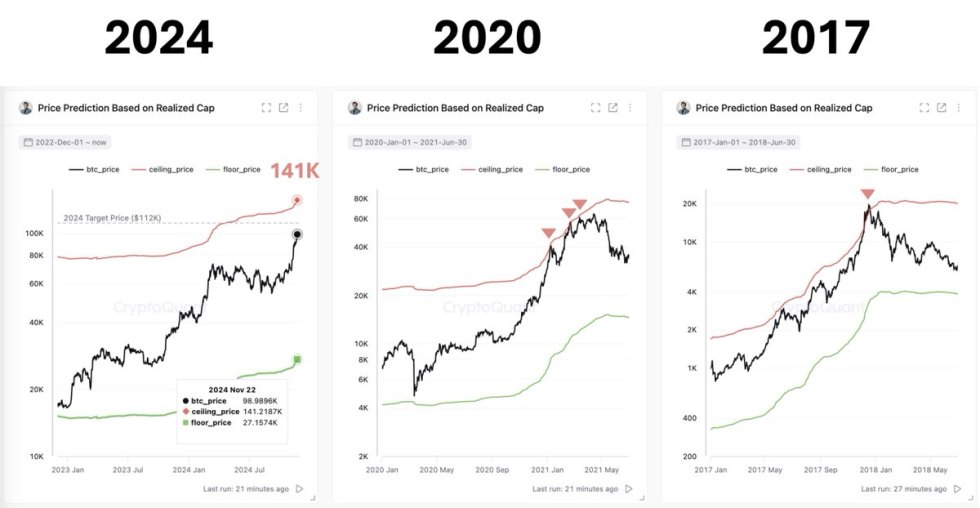From Ch 2 of The Bitcoin Standard by Saifedean Ammous:
Of all the historical forms of money I have come across, the one that most resembles the operation of Bitcoin is the ancient system based on Rai stones on Yap Island, today a part of the Federated States of Micronesia. Understanding how the large circular stones carved from limestone functioned as money will help us explain Bitcoin's operation in Chapter 8. Understanding the remarkable tale of how the Rai stones lost their monetary role is an object lesson in how money loses its monetary status once it loses its hardness.
The Rai stones that constituted money were of various sizes, rising to large circular disks with a hole in the middle that weighed up to four metric tons. They were not native to Yap, which did not contain any limestone, and all of Yap's stones were brought in from neighboring Palau or Guam. The beauty and rarity of these stones made them desirable and venerable in Yap, but procuring them was very difficult as it involved a laborious process of quarrying and then shipping them with rafts and canoes. Some of these rocks required hundreds of people to transport them, and once they arrived on Yap, they were placed in a prominent location where everyone could see them. The owner of the stone could use it as a payment method without it having to move: all that would happen is that the owner would announce to all townsfolk that the stone's ownership has now moved to the recipient. The whole town would recognize the ownership of the stone and the recipient could then use it to make a payment whenever he so pleased. There was effectively no way of stealing the stone because its ownership was known by everybody.
For centuries, and possibly even millennia, this monetary system worked well for the Yapese. While the stones never moved, they had salability across space, as one could use them for payment anywhere on the island. The different sizes of the different stones provided some degree of salability across scales, as did the possibility of paying with fractions of a single stone. The stones' salability across time was assured for centuries by the difficulty and high cost of acquiring new stones, because they didn't exist in Yap and quarrying and shipping them from Palau was not easy. The very high cost of procuring new stones to Yap meant that the existing supply of stones was always far larger than whatever new supply could be produced at a given period of time, making it prudent to accept them as a form of payment. In other words, Rai stones had a very high stock‐to‐flow ratio, and no matter how desirable they were, it was not easy for anyone to inflate the supply of stones by bringing in new rocks.
Or, at least, that was the case until 1871, when an Irish‐American captain by the name of David O'Keefe was shipwrecked on the shores of Yap and revived by the locals.
O'Keefe saw a profit opportunity in taking coconuts from the island and selling them to producers of coconut oil, but he had no means to entice the locals to work for him, because they were very content with their lives as they were, in their tropical paradise, and had no use for whatever foreign forms of money he could offer them. But O'Keefe wouldn't take no for an answer; he sailed to Hong Kong, procured a large boat and explosives, took them to Palau, where he used the explosives and modern tools to quarry several large Rai stones, and set sail to Yap to present the stones to the locals as payment for coconuts. Contrary to what O'Keefe expected, the villagers were not keen on receiving his stones, and the village chief banned his townsfolk from working for the stones, decreeing that O'Keefe's stones were not of value, because they were gathered too easily. Only the stones quarried traditionally, with the sweat and blood of the Yapese, were to be accepted in Yap. Others on the island disagreed, and they did supply O'Keefe with the coconuts he sought.
This resulted in conflict on the island, and in time the demise of Rai stones as money. Today, the stones serve a more ceremonial and cultural role on the island and modern government money is the most commonly used monetary medium.
[link] [comments]

You can get bonuses upto $100 FREE BONUS when you:
💰 Install these recommended apps:
💲 SocialGood - 100% Crypto Back on Everyday Shopping
💲 xPortal - The DeFi For The Next Billion
💲 CryptoTab Browser - Lightweight, fast, and ready to mine!
💰 Register on these recommended exchanges:
🟡 Binance🟡 Bitfinex🟡 Bitmart🟡 Bittrex🟡 Bitget
🟡 CoinEx🟡 Crypto.com🟡 Gate.io🟡 Huobi🟡 Kucoin.




















Comments